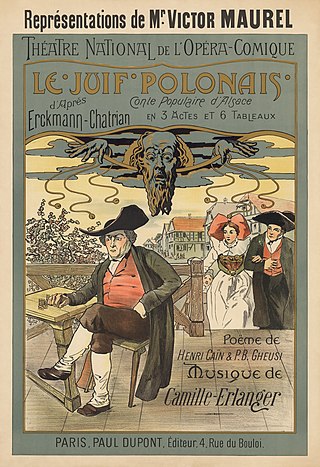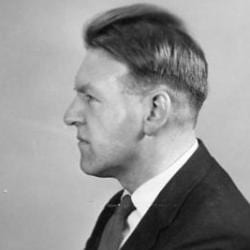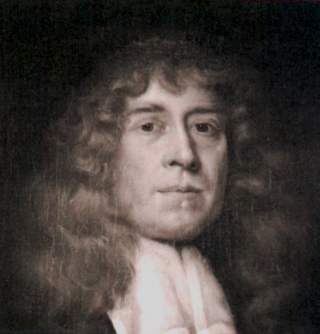
Henry Purcell was an English composer of Baroque music.

Dido and Aeneas is an opera in a prologue and three acts, written by the English Baroque composer Henry Purcell with a libretto by Nahum Tate. The dates of the composition and first performance of the opera are uncertain. It was composed no later than July 1688, and had been performed at Josias Priest's girls' school in London by the end of 1689. Some scholars argue for a date of composition as early as 1683. The story is based on Book IV of Virgil's Aeneid. It recounts the love of Dido, Queen of Carthage, for the Trojan hero Aeneas, and her despair when he abandons her. A monumental work in Baroque opera, Dido and Aeneas is remembered as one of Purcell's foremost theatrical works. It was also Purcell's only true opera, as well as his only all-sung dramatic work. One of the earliest known English operas, it owes much to John Blow's Venus and Adonis, both in structure and in overall effect.
Manfred Fritz Bukofzer was a German-born American musicologist.

The division viol is an English type of bass viol, which was originally popular in the mid-17th century, but is currently experiencing a renaissance of its own due to the movement for historically informed performance. John Playford mentions the division viol in his A Brief Introduction of 1667, describing it as smaller than a consort bass viol, but larger than a lyra viol.
"Flow, my tears" is a lute song by the accomplished lutenist and composer John Dowland (1563–1626). Originally composed as an instrumental under the name "Lachrimae pavane" in 1596, it is Dowland's most famous ayre, and became his signature song, literally as well as metaphorically: he would occasionally sign his name "Jo: dolandi de Lachrimae".
George Michael Sinclair Kennedy CBE was an English music critic and author who specialized in classical music. For nearly two decades he was the chief classical music critic for both The Daily Telegraph (1986–2005) and The Sunday Telegraph (1989–2005). A prolific writer, he was the biographer of many composers and musicians, including Vaughan Williams, Elgar, Barbirolli, Mahler, Strauss, Britten, Boult and Walton. Other notable publications include writings on various musical institutions, the editing of music dictionaries as well as numerous articles for The New Grove Dictionary of Music and Musicians and the subsequent Grove Music Online.

Le Juif polonais is a 1900 opera in three acts by Camille Erlanger composed to a libretto by Henri Caïn.

Carl Michael Alfred Steinberg was an American music critic and author who specialized in classical music. He was best known, according to San Francisco Chronicle music critic Joshua Kosman, for "the illuminating, witty and often deeply personal notes he wrote for the San Francisco Symphony's program booklets, beginning in 1979." He contributed several entries to the New Grove Dictionary of Music and Musicians, wrote articles for music journals and magazine, notes for CDs, and published a number of books on music, both collected published annotations and new writings.
Britten's Purcell realizations is a common name for compositions for voice and piano by Benjamin Britten which are arrangements of works by Henry Purcell. Boosey & Hawkes published 45 of them, titled The Purcell Collection – Realizations by Benjamin Britten. A recording of 40 of them, Purcell Songs Realised by Britten, was released in 2016.

Gilbert Reaney was an English musicologist who specialized in medieval and Renaissance music, theory and literature. Described as "one of the most prolific and influential musicologists of the past century", Reaney made significant contributions to his fields of expertise, particularly on the life and works of Guillaume de Machaut, as well as medieval music theory.

Trevor Noël Goodwin was an English music critic, dance critic and author who specialized in classical music and ballet. Described as having a "rare ability to write about music and dance with equal distinction", for 22 years Goodwin was Chief music and dance critic for the Daily Express. He held criticism posts at many English newspapers, including the News Chronicle, Truth and The Manchester Guardian among others; from 1978 to 1998 he also reviewed performances for The Times. Goodwin wrote an early history of the Scottish Ballet and was coauthor for two books: London Symphony: Portrait of an Orchestra with Hubert J. Foss and a Knight at the Opera with Geraint Evans.

George Hudson was an English violinist, lutenist, singer, and composer of Baroque music.










